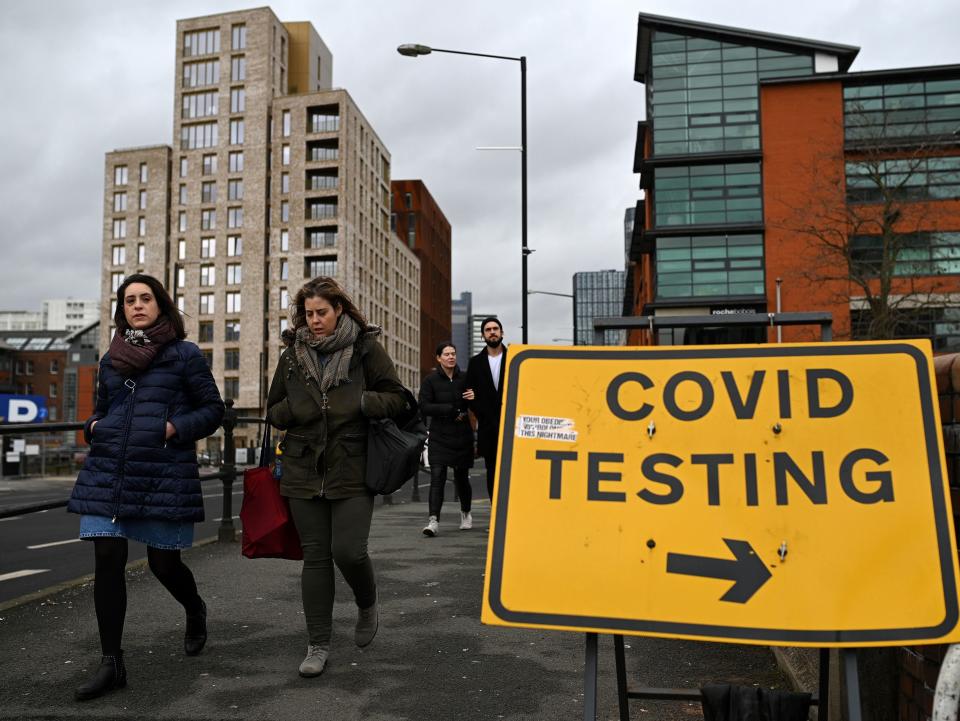Coronavirus infections fall in England by two thirds during lockdown, research finds

Coronavirus infections fell in England by around two thirds between a similar period in January to February, according to research.
However, the rate of decline appears to be slowing, while some areas of the country might even be seeing an increase in cases.
The latest REACT-1 study - which tested more than 165,400 volunteers for coronavirus across England between 4 and 23 February - found 689 positive results.
The national prevalence was 0.49 per cent or 49 per 10,000 people, down by two thirds from the previous report spanning across 6 to 22 January, when prevalence stood at 1.57 per cent.
Researchers said the latest findings showed a “continued but slowing decline” of the prevalence of coronavirus in England during the national lockdown in February.
Compared to the interim findings from last month there were no change in the levels of infection in Yorkshire and The Humber.
Meanwhile, prevalence has risen slightly in London, the southeast, East Midlands and the West Midlands - but fell in all other regions.
Watch: Coronavirus in numbers - UK deaths at 123,783
There was also a substantial reduction in prevalence among health and social care workers from the January report, as well as delivery, hospitality and transport workers, the research from Imperial College London and Ipsos MORI shows.
Prevalence was also highest among Pakistani participants at 2.1 per cent, compared to 0.45 per cent for white participants and 0.83 per cent for black participants.
Matt Hancock, the health secretary, said it was “encouraging to see continued evidence” of cases going down overall.
But he added: “There is some cause for concern that our hard-won progress may be slowing down, and even reversing in some regions so it is important we remain vigilant - this is on all of us.”
He urged people to stay at home and get vaccinated once invited, as he reminded the public to remember the virus is “still here” and “still dangerous”.
Professor Paul Elliott, director of the React programme from Imperial’s School of Public Health, said: “The fall in infections our study has observed since January demonstrates that national public health measures are working.
“But these new findings showing that some areas are experiencing apparent growth reinforce the need for everyone to continue to stick to the rules and help keep infections down.”
He added: “At this critical time, with lockdown soon to be eased, we need to make sure that our behaviours don’t risk a rise in infections which could prolong restrictions, which we all want to avoid.”
Do coronavirus vaccines affect fertility?
Read More
Bill for coronavirus support tops £400bn as Rishi Sunak says UK will be paying for decades to come
Rishi Sunak rules out accelerating England’s roadmap out of coronavirus lockdown

 Yahoo Finance
Yahoo Finance 